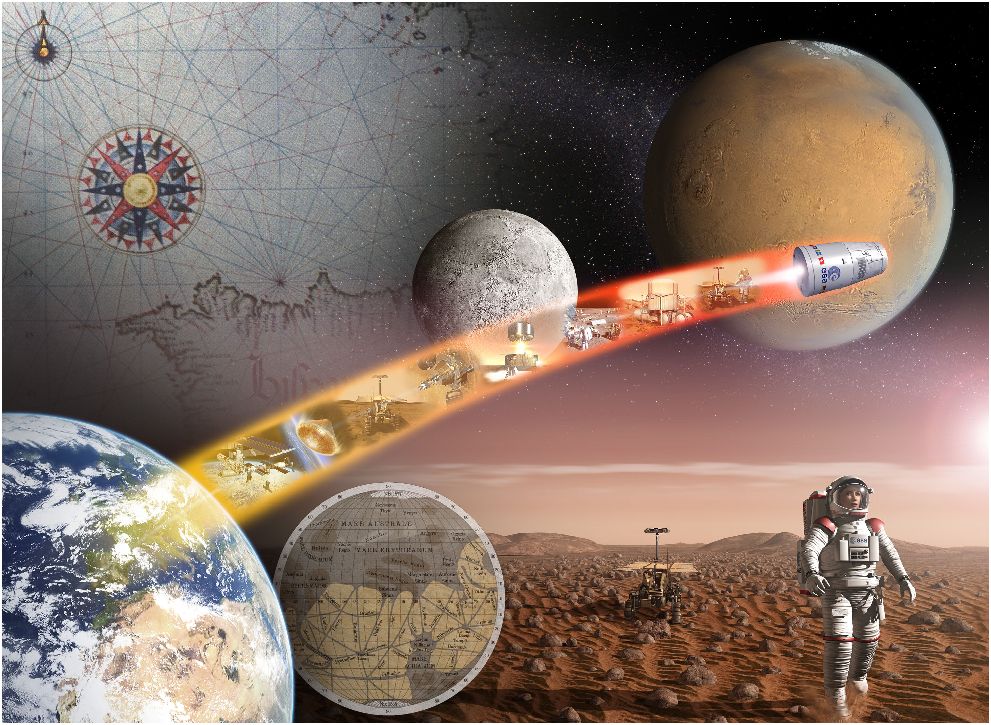Space travel has come a long way since the first rockets were launched in the mid-twentieth century. We have sent probes and rovers to explore other planets and moons in our solar system, and humans have even walked on the moon. But what about traveling beyond our solar system? What does it take to explore the vast reaches of interstellar space?
One of the biggest challenges of interstellar travel is the vast distances involved. Even the nearest star to our solar system, Proxima Centauri, is over four light-years away. This means that any spacecraft traveling to another star system would need to travel at a significant fraction of the speed of light to make the journey within a reasonable timeframe.
One potential solution to this problem is to use nuclear-powered spacecraft. Nuclear propulsion systems, such as the one being developed by NASA for its upcoming Artemis missions to the moon, have the potential to provide much greater thrust than conventional chemical rockets. This would allow spacecraft to reach higher speeds and travel greater distances in less time.
Another approach to interstellar travel is to use advanced propulsion systems, such as antimatter or fusion propulsion. These technologies are still in the experimental stage, but they have the potential to provide even greater speeds and make interstellar travel more feasible.
In addition to propulsion, interstellar travel also requires advanced life support systems to keep astronauts alive on long-duration missions. This includes systems for providing food, water, and air, as well as medical and radiation protection.
Another challenge of interstellar travel is communication. With current technology, it takes over four years for a signal to travel to and from the nearest star system. This means that any spacecraft traveling to another star system would need to be largely autonomous, with the ability to make decisions and carry out its mission without constant communication with Earth.
Despite these challenges, scientists and engineers around the world are working on developing the technology and infrastructure needed for interstellar travel. Some are even planning missions to nearby star systems, such as the Breakthrough Starshot project, which aims to send tiny spacecraft to Proxima Centauri using laser propulsion.
In conclusion, the science of space travel is constantly evolving, and interstellar travel presents some of the greatest challenges and opportunities for exploration. While the distances involved and the technology required are daunting, scientists and engineers are making steady progress towards making interstellar travel a reality. The future of space travel is truly exciting, and who knows what wonders and discoveries await us as we venture out into the great unknown of interstellar space.


